As soon as President Donald Trump announced his selection of Neil Gorsuch to fill the open seat on the Supreme Court, attention shifted to how new Senate Minority Leader Chuck Schumer (D-NY) would respond. Last year, when President Barack Obama nominated Merrick Garland to the same seat, my colleague John Hudak and I argued that Senate Majority Leader Mitch McConnell’s (R-KY) decision to obstruct the nomination from the outset was guided by his desire to ensure that Republicans held the Senate majority in the 2016 elections. Early indications are that Schumer is likely to demand that Gorsuch clear a 60-vote threshold. Even if that position holds, however, he’ll still need to make choices about how to proceed, especially in terms of how hard to push for a united Democratic front. If we expect Schumer to be guided by the (Senate) Democrats’ electoral needs in 2018, here are three questions he’ll be contemplating in the coming days and weeks:
1. What does the 2018 electoral map look like?
Democrats hold 48 seats in the Senate, so as many as seven minority party senators could defect without compromising the party’s overall obstructive strategy. There are 10 Democratic senators up for re-election in 2018 from states Trump won, with half of those seats in states that Obama also lost in 2012. (By comparison, there are only eight Republican-held seats up in 2018, with only two thought to be possible pickups: Arizona and Nevada.) Faced with the decision of whether or not to stand with their Democratic colleagues, voting against Gorsuch may not serve some or all of these in-cycle senators well in their own states.
As he looks towards minimizing potential losses in 2018, Schumer will need to assess the relative benefits of pushing hard for a united front versus the potential costs of creating a possible campaign issue for his members in states where Trump is popular. In contemplating these tradeoffs, he’ll have to consider whether even Democrats who vote for Gorsuch could be negatively affected by their party’s overall strategy; research suggests that Democrats generally may have paid a price in the 2010 election, for example, for the party’s pursuit of health reform. At the same time, he’ll also likely think through whether splitting the difference—voting for cloture, but against ultimate confirmation—would help any potentially vulnerable members in 2018.
2. How real is the primary threat?
Immediately after President Trump announced his selection of Gorsuch, a number of high-profile progressive groups began calling for an all-out Democratic obstruction of his confirmation, threatening Democrats who did not support such a strategy with primary challengers. (It’s worth noting here that some of the tactics available to Republicans vis-à-vis Merrick Garland aren’t available to minority party Democrats, like refusing to schedule a hearing.) For these warnings to make a difference, Democratic senators must believe that the threats are a) credible and b) would involve high-quality opponents who could genuinely jeopardize their prospects for success.
When we analyzed McConnell’s strategy last year, we suggested that the specter of primary threats was a real driver of the Majority Leader’s choice. Research by Matt Grossmann and David Hopkins suggests that Democrats might have reason to think about the possibility differently. Contemporary Republicans, they argue, have generally prized ideological purity and preferred politicians who “stick to their principles;” among the manifestations of this during the Obama years was the significant involvement of national conservative groups in congressional primaries. Democrats, meanwhile, have been generally organized around group-based demands for specific government actions rather than enforcing ideological standards among their elected officials. Data from the Brookings Institution’s Primaries Project is consistent with the notion that Democrats may have less to fear in this department. In 2014, 6 of 11 incumbent Republican senators faced primary challengers who received at least 25 percent of the vote, as compared to just one Democrat; in 2016, 7 of 22 Republicans faced a similarly strong challenger, again versus just one Democrat.
At the same time, work by Robert Boatright on primary challenges to House incumbents reveals that contemporary challenges are “far more nationalized, more focused on broader ideological conflict (as opposed to conflict over individual national or local issues), and more vulnerable to the decisions of political actors who reside far from the districts or states” (p. 177) than in earlier periods. Democrats may be less predisposed to primary challenges, but the Gorsuch nomination, which can be cast in nationalized, ideological terms, might be the kind of issue that could generate one. As he builds his strategy, Schumer will need to assess the likelihood of this, and how it varies from state to state. West Virginia and Virginia, for example, may share a border, but the prospects of a credible left-wing primary challenge are very different in those two states.
3. How important is SCOTUS to Democratic voters, especially in swing states?
Conventional wisdom often suggests that court appointments are a more important issue to Republican voters than Democratic voters, and some data indicate that was the case during the 2016 election. In a November 2016 survey from HuffPost/YouGov, 21 percent of Democratic respondents said that Supreme Court appointments were one of the two most important issues to them in the election. SCOTUS picks were more important, however, to Republican respondents, with 30 percent placing the topic in their top two.
Other data, meanwhile, indicate that the salience of Supreme Court appointments may also vary within the parties. A June 2016 survey from the Pew Research Center finds that while 65 percent of voters said that SCOTUS picks were “very important” to their vote choice, there are important differences across partisan subgroups. Only 57 percent of conservative and moderate Democrats indicated that Supreme Court appointments would be “very important” to their vote in 2016, as compared to 69 percent of liberal Democrats. On the Republican side, the trend was similar: 56 percent of moderate and liberal Republicans, versus 77 percent of conservative party identifiers.
Taken together, these data suggest that the Supreme Court may not be a particularly salient issue among the kinds of voters most central to Democrats’ electoral prospects in 2018. The consequences of this could matter, but aren’t immediately clear. On one hand, it might weaken the power of a SCOTUS-based primary challenge if the more moderate Democrats that populate redder states aren’t receptive to arguments on the issue, lessening the need for a unified Democratic front. At the same time, however, if moderate Democratic voters don’t particularly care about the Court—or things that happen almost two full years before an election generally—then perhaps Schumer has more leverage to pressure red state Democrats to join their peers in obstruction.
These certainly aren’t the only factors which Schumer will be considering. He’ll need to decide how heavily to emphasize that the Democrats are responding to Republicans’ treatment of Garland, as well as how to respond to claims that preserving the filibuster now would preserve it for a future Court fight under unified Republican control. (On both those points, it’s useful to note that work by my Brookings colleague Sarah Binder and Steve Smith suggests that these senators’ choices about procedures are rarely actual expressions of principle and instead “follow predictably from their political interest.”) On the political front, however, Schumer faces a set of competing pressures. The coming days and weeks will tell us how he handles them.
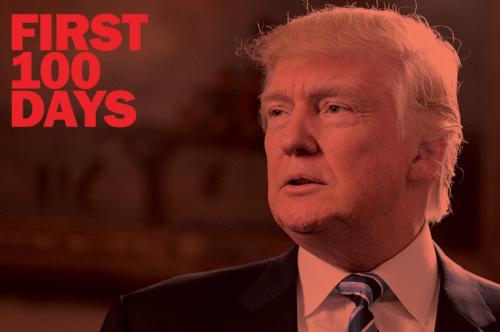
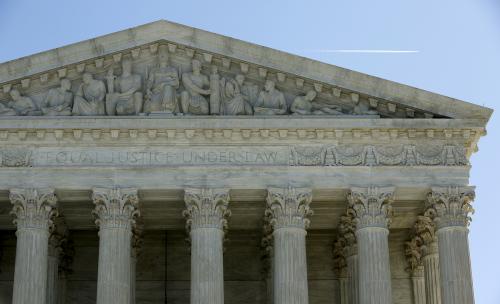
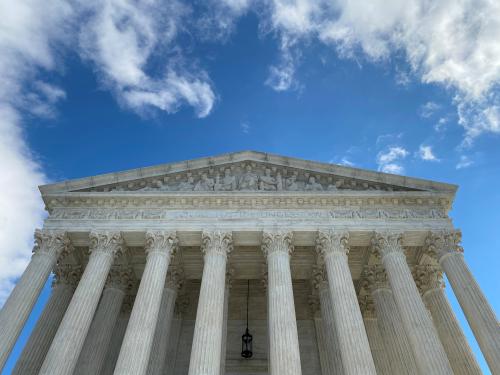

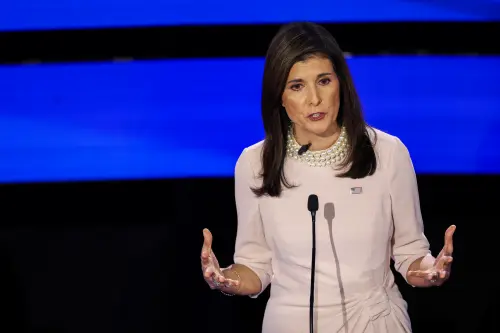
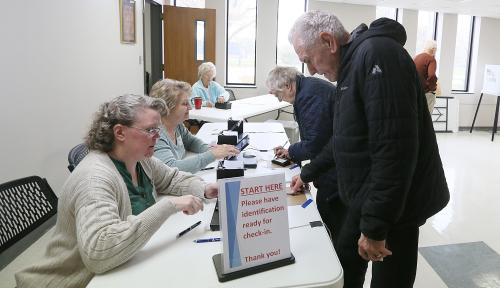
Commentary
Schumer’s choice and the politics of the SCOTUS nomination
February 2, 2017